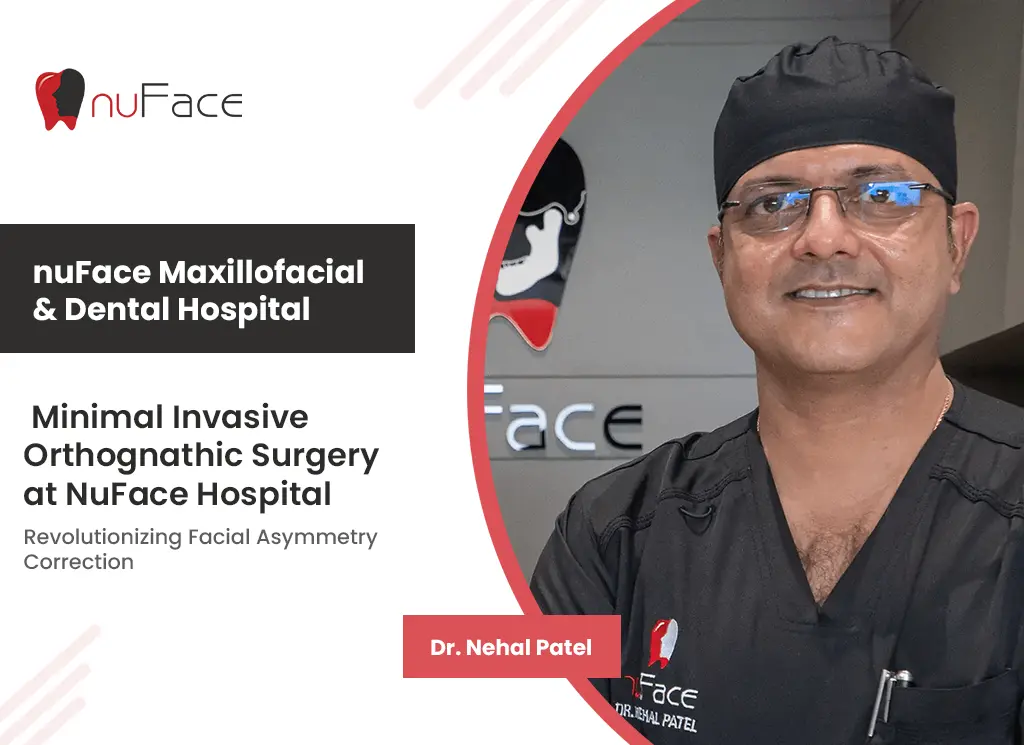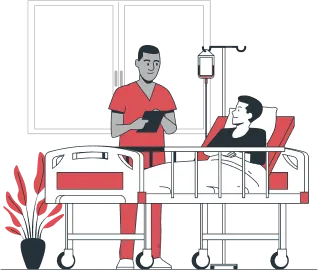In recent years, advancements in surgical techniques have led to the development of minimally invasive orthognathic surgery, a transformative option for those seeking to correct facial asymmetry. At NuFace Hospital, we are dedicated to providing our patients with cutting-edge solutions that not only achieve optimal aesthetic results but also prioritize comfort and a swift recovery. In this blog, we’ll explore the benefits of this innovative approach and how it can lead to less recovery time, shorter hospitalization, minimal pain, and reduced swelling.
Understanding Facial Asymmetry
Facial asymmetry refers to the lack of balance between the left and right sides of the face. While some level of asymmetry is natural, pronounced discrepancies can affect one’s appearance and self-esteem. Many factors contribute to facial asymmetry, including genetic predisposition, developmental issues, and trauma. For many individuals affected by these concerns, orthognathic surgery may be the key to restoring facial harmony.
The Shift Toward Minimally Invasive Techniques
Traditionally, orthognathic surgery involved extensive incisions and significant recovery time. However, advancements in surgical technology and techniques have paved the way for minimally invasive orthognathic surgery. This approach utilizes smaller incisions, advanced imaging, and precise techniques to correct jaw misalignment and achieve facial balance more efficiently.
Key Benefits of Minimally Invasive Orthognathic Surgery
Less Recovery Time:
One of the standout advantages of minimally invasive techniques is the significantly reduced recovery time. Patients can expect to return to their daily activities much sooner compared to traditional surgical methods. This is particularly beneficial for those leading busy lives, allowing them to resume work or school with minimal interruption.
Short Hospitalization:
With minimally invasive orthognathic surgery, the need for prolonged hospitalization is drastically diminished. Many patients can go home on the same day as their surgery or may only need an overnight stay. This shorter hospital stay not only enhances patient comfort but also reduces healthcare costs.
Minimal Pain:
Another common concern with surgical procedures is the pain associated with recovery. Thanks to advances in surgical techniques and anesthesia, patients undergoing minimally invasive orthognathic surgery typically experience much less pain than those undergoing traditional procedures. Post-operative discomfort can be managed effectively with medications, enabling a more comfortable healing process.
Less Swelling:
Swelling is a natural part of the healing process post-surgery. However, the minimally invasive approach often leads to significantly reduced swelling. Smaller incisions mean less trauma to the surrounding tissues, which translates to a quicker reduction in swelling and a more favorable aesthetic outcome.
The Procedure Breakdown
At NuFace Hospital, the journey to correcting facial asymmetry through minimally invasive orthognathic surgery begins with a comprehensive evaluation of the patient’s facial structure and dental occlusion. Our experienced team utilizes advanced imaging techniques to create a precise surgical plan tailored to the patient’s unique needs.
During the procedure, our skilled surgeons employ advanced techniques that allow them to correct misalignments effectively while minimizing trauma to the surrounding tissues. The use of cutting-edge technology ensures that each step is executed with precision, resulting in optimal outcomes and a smoother recovery experience.
Post-Operative Care and Support
Caring for yourself after surgery is crucial for achieving the best results. At NuFace Hospital, we provide detailed post-operative instructions to help our patients manage their recovery effectively. Patients can expect:
- A specialized diet to facilitate healing.
- Guidance on at-home care practices to minimize discomfort and promote faster recovery.
- Regular follow-up appointments to monitor progress and address any concerns.






